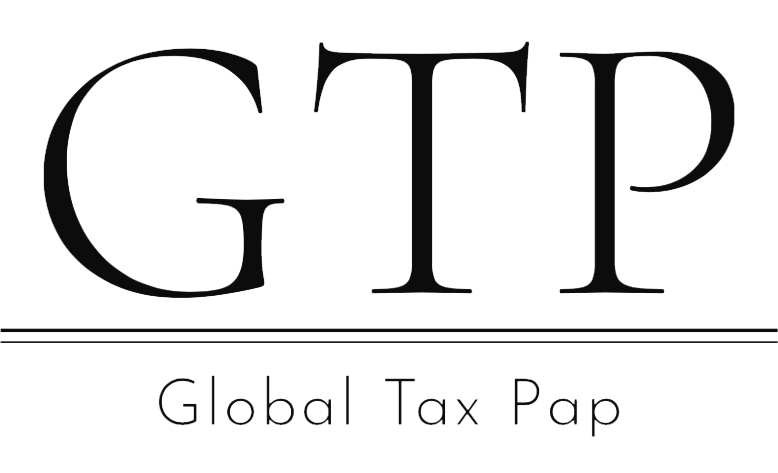The purpose of drawing up a cash flow statement is to see a company’s sources and uses of cash over a specified time period. Although the direct method provides a much clearer picture of the actual cash flow running in and out of business, it requires precisely detailed accounting information. Let’s dive into the indirect way to calculate cash flow from operating activities. When a company efficiently uses resources as part of its sustainable practices, it can lessen its expenses and increase sales, leading to an improvement in net cash flow from operating activities. This essentially means that sustainable practices can increase the amount of cash that a company generates from its regular business operations. In essence, examining all three segments helps assess a company’s short-term liquidity, long-term growth prospects, and overall financial strategies.
As from above, we can see that Apple Incorporation in FY15 has generated $81,7 billion as cash from operating activities, of which $53,394 billion has been generated as Net income. Therefore, cash flow from operations cash flow from operating activities is more objective and less prone to accounting manipulation in comparison to net income, yet is still a flawed measure of free cash flow (FCF) and profitability. While operating cash flow tells us how much cash a business generates from its operations, it does not take into account any capital investments that are required to sustain or grow the business.
How to Calculate Operating Cash Flow
Under the indirect method, cash flow from operating activities is calculated by first taking the net income from a company’s income statement. Because a company’s income statement is prepared on an accrual basis, revenue is only recognized when it is earned and not when it is received. Operating cash flow can be found in the cash flow statement, which reports the changes in cash compared to its static counterparts—the income statement, balance sheet, and shareholders’ equity statement.
By automating expense management and recognition, Ramp can free up your accounting team members to focus on more high-value projects like strategic planning. If you think cash is king, strong cash flow from operations is what you should watch for when analyzing a company. These costs include paying salaries, buying materials, or spending on marketing. It’s like a family’s regular expenses, such as grocery bills or rent, showing what it costs to run the business normally. Check out the table below for a detailed comparison of cash flow from operations and net income. Conversely, net income is a broader measure of profitability, including all revenues and expenses.
Cash flow from operations vs net income
- In the cash flow statement, many times, companies club the trade receivables and trade payables with certain other items under current assets and current liabilities respectively.
- Most companies use the accrual method of accounting, so the income statement and balance sheet will have figures consistent with this method.
- The best demonstration of operating cash flow is the cash cycle, which converts accrual accounting-based sales into cash.
Let us see the current assets section of the FY2020 balance sheet of Paushak Ltd. The current article covers the step-by-step calculation of cash flow from operations (CFO) from net profits (PAT) of a company. The main reason why a company exists is to earn revenue and create shareholder revenue. This is the prime reason why assessing whether the company has been able to generate cash by operating activities is an important component.
Most big companies use it as they involve a large number of cash transactions. Similarly, income from interest on the investments, which is included in the PAT, has been deducted to arrive at CFO as the interest income is not an operating income but an investment income. We believe that an investor should always keep in mind that an investment decision is a result of a comprehensive analysis that includes an assessment of PAT as well as CFO. An investor should not be biased by good performance on either PAT or CFO alone. A company should have a good performance on PAT and the PAT should have been converted into CFO.
Net Cash Flow from Operating Activities and Corporate Sustainability
The company subtracts any increase in accounts receivable because that increase represents cash the company hasn’t received yet. The company adds any increase in accounts payable because that increase represents cash the company hasn’t spent yet. Positive (and increasing) cash flow from operating activities indicates that the core business activities of the company are thriving. It provides as additional measure/indicator of profitability potential of a company, in addition to the traditional ones like net income or EBITDA.
The Financial Modeling Certification
- When performing financial analysis, operating cash flow should be used in conjunction with net income, free cash flow (FCF), and other metrics to properly assess a company’s performance and financial health.
- In addition, a company’s revenue recognition principle and matching of expenses to the timing of revenues can result in a material difference between OCF and net income.
- Another current asset would be inventory, where an increase in inventory represents a cash reduction (i.e. a purchase of inventory).
- On the cash flow statement, there would need to be a reduction from net income in the amount of the $500 increase to accounts receivable due to this sale.
- But overall, if CFO inflow and CFF inflow are equal to CFI outflow that would mean that CFI requirements are being met through using both CFO and CFF.
Cash flow refers to the movement of money in and out of a business, organization or personal finances over a specific period. It represents how cash is generated (inflows) and spent (outflows) to maintain operations, pay expenses and invest in growth. Use this free cash flow statement template for Excel to track and manage the inflow and outflow of cash within a business or personal finances. The indirect method also makes adjustments to add back non-operating activities that do not affect a company’s operating cash flow.
When is the cash flow statement direct method used?
Think of a pharma company doing strong R&D, and there is a possibility of seeing a blockbuster patented drug being launched in a few years. During this period, investors will be looking at the fact whether the company has enough cash to continue operations during this period. Our objective is to make you assess the importance of cash flows in the company and how it plays a critical component in the business world. The beginning point of this section is the net income figure, which is available from the income statement. If all of the company’s revenue was in the form of cash and there were no non-cash expenses, then this remains the main figure.
Yes, operating cash flow includes taxes along with interest, since they are considered part of a business’s operating activities. A good cash flow from operations has a ratio of 1.0 or higher as it indicates that the company is generating enough cash from its operations to cover its current liabilities, suggesting good liquidity and financial health. While reviewing your cash flow, it’s important to compare it with industry standards for a more accurate assessment.
If we do not add the positive change due to reduction of inventory in CFO, then the CFO will be unduly reduced from inventory write-down losses (which is a non-cash item). Well, my point here is simply that comparing cPAT with cCFO will not yield any conclusive evidence whether the company has been able to convert its profit into cash. With that said, an increase in NWC is an outflow of cash (i.e. ”use”), whereas a decrease in NWC is an inflow of cash (i.e. “source”). Another current asset would be inventory, where an increase in inventory represents a cash reduction (i.e. a purchase of inventory).
Operating activities are about daily business operations, investing activities are about buying and selling assets, and financing activities involve money from investors or loans and paying them back. Cash flow from operating activities is all about the cash a company makes and spends in its day-to-day business. It includes money from selling products or services and money spent on things like salaries, rent, and supplies. This cash flow shows whether a company can profit from its core business.On the other hand, cash flow from investing activities deals with how a company spends and earns money on big, long-term investments.
Cash flow from operating activities is the first section of the statement and includes money that goes into and out of a company. Net income, adjustments to net income, and changes to working capital are included in operating cash flows. The details about the cash flow of a company are available in its cash flow statement, which is part of a company’s quarterly and annual reports.
Registration granted by SEBI, enlistment of RA with Exchange and certification from NISM in no way guarantee performance of the intermediary or provide any assurance of returns to investors. The cash flow from operations (CFO) is negative in multiple years in the last ten year. The positive entry of change in inventory in the CFO calculation under working capital changes nullifies the impact of loss recognised in the P&L due to inventory write down. This positive entry in CFO does not inflate CFO but cancels out the impact of reduction from loss due to inventory write-down in the profits. You are right that in the case of high other income, the CFO can be lower than the PAT.
It is calculated by taking a company’s (1) net income, (2) adjusting for non-cash items, and (3) accounting for changes in working capital. Operating income is a measure of profitability that focuses on a company’s core business operations. If operating income is on the rise, the company is becoming more profitable before taking into account interest and taxes. However, if the operating income declines, it may intimately affect the cash flow from operations. Therefore, analyzing trends in operating income over time can provide insight into changes in cash flow from operating activities. The cash flow statement provides management, analysts, and investors with insight into a company’s financial well-being.




